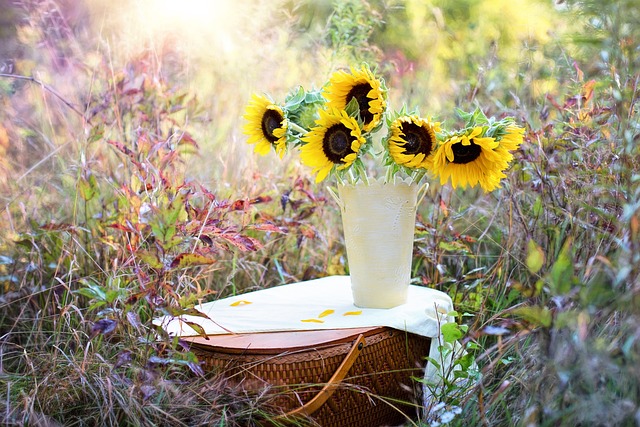When it comes to painting, the magic doesn’t just lie in the strokes of the brush or the vibrancy of the colors; it resides deep within the arrangement of the elements that come together to tell a story on the canvas. The art of arrangement is a crucial aspect of design that can elevate a mere image into a captivating masterpiece.
Every artist knows that the way objects and figures are positioned within the frame can dramatically change the viewer’s experience. The arrangement dictates the flow of the painting, guiding the eye and invoking emotion. To master this art, one must consider balance, focal points, and the interaction between different elements.
Finding Balance
Balance in art is akin to harmony in music. It is essential to create a sense of stability that is pleasing to the eye. Symmetrical arrangements can evoke a sense of calm, while asymmetrical designs often create excitement and tension. Experimenting with different compositions can help you discover the balance that resonates with your artistic vision.
Creating Focal Points
A well-arranged painting leads the viewer’s eye to a focal point—an area that captures the most interest. This could be a vibrant flower in a landscape or a striking figure in a portrait. By arranging other elements in a way that frames or contrasts with this focal point, you can enhance its impact. Remember, the journey to that focal point is just as important as the destination; ensure there are visual cues that guide the viewer through your work.
Interaction of Elements
The arrangement doesn’t solely rely on the positioning of objects but also on how they interact with one another. Consider the relationships between colors, shapes, and textures. A well-arranged collection of contrasting elements—such as smooth and rough surfaces or warm and cool colors—can create tension and depth, making the artwork more dynamic and engaging.
Utilizing Negative Space
Don’t underestimate the power of negative space—the area around and between the subjects of an image. A thoughtful arrangement of negative space can breathe life into your painting, allowing the foreground elements to stand out even more. By consciously leaving areas empty, you invite the viewer to ponder what’s not there, adding layers of meaning to your art.
Experimentation and Evolution
The journey of mastering arrangement is an ongoing process. Each stroke teaches you something new, and each layout offers insight into how viewers perceive your work. Embrace experimentation with various arrangements, and don’t shy away from making bold choices that challenge traditional norms. This is where innovation lies, pushing the boundaries of your creativity.
As you delve deeper into the world of painting, remember that the arrangement is more than just a technical skill. It is an expression of your unique perspective and a key tool for communicating your artistic vision. So, pick up your brush, explore the possibilities, and let your arrangements speak volumes.



